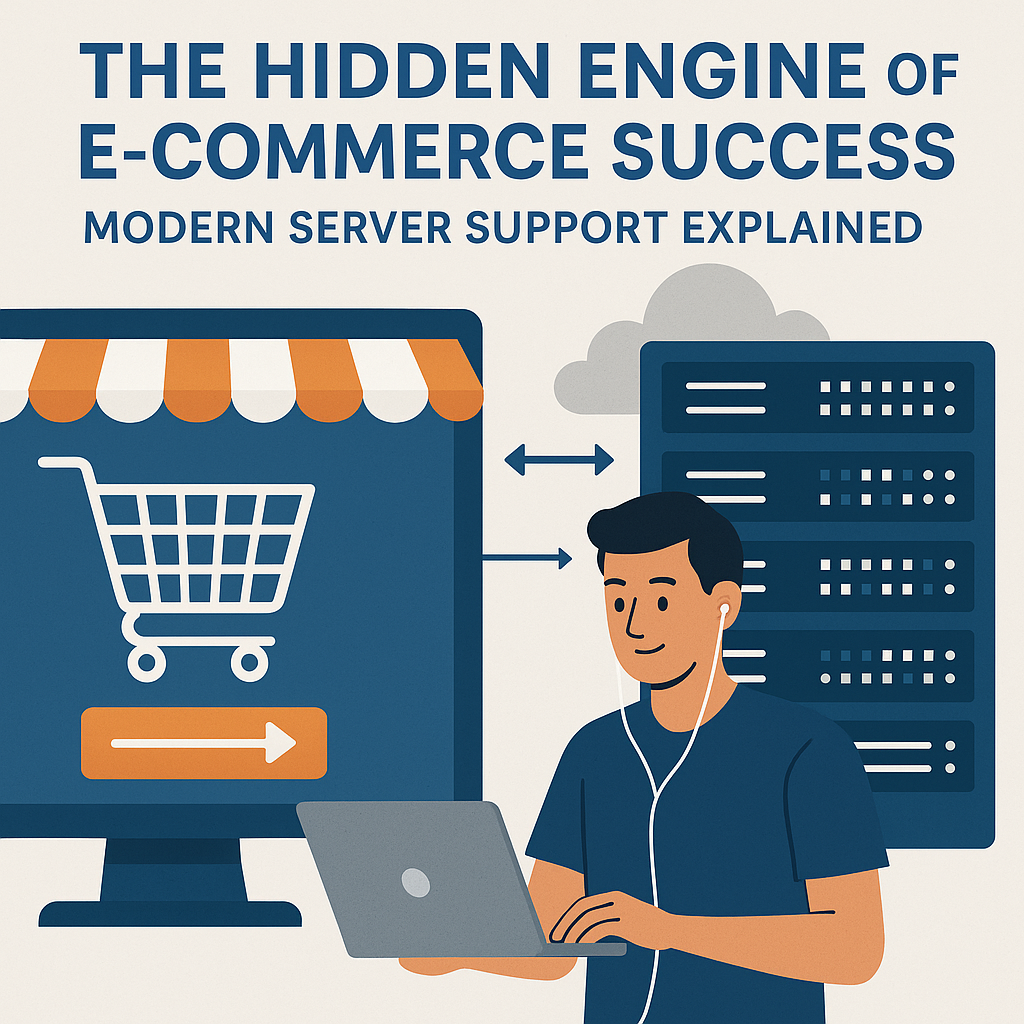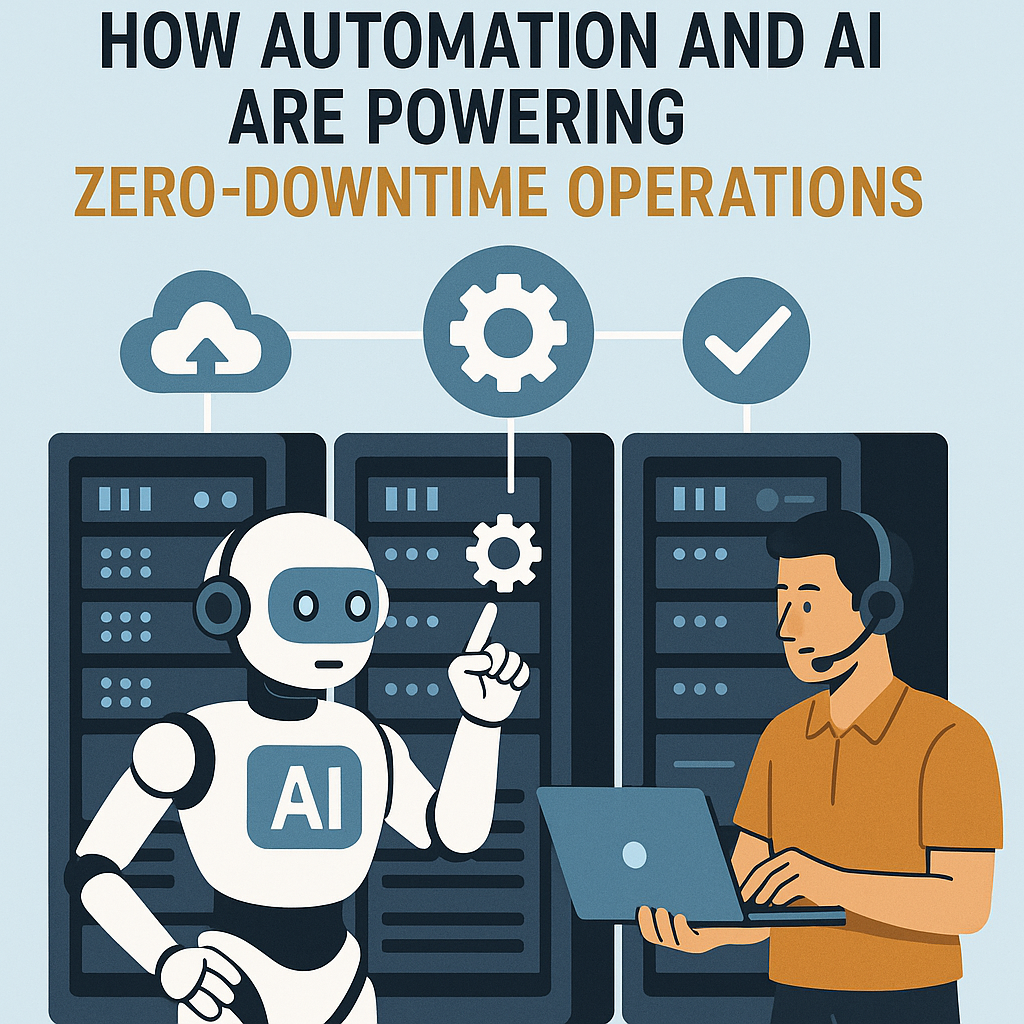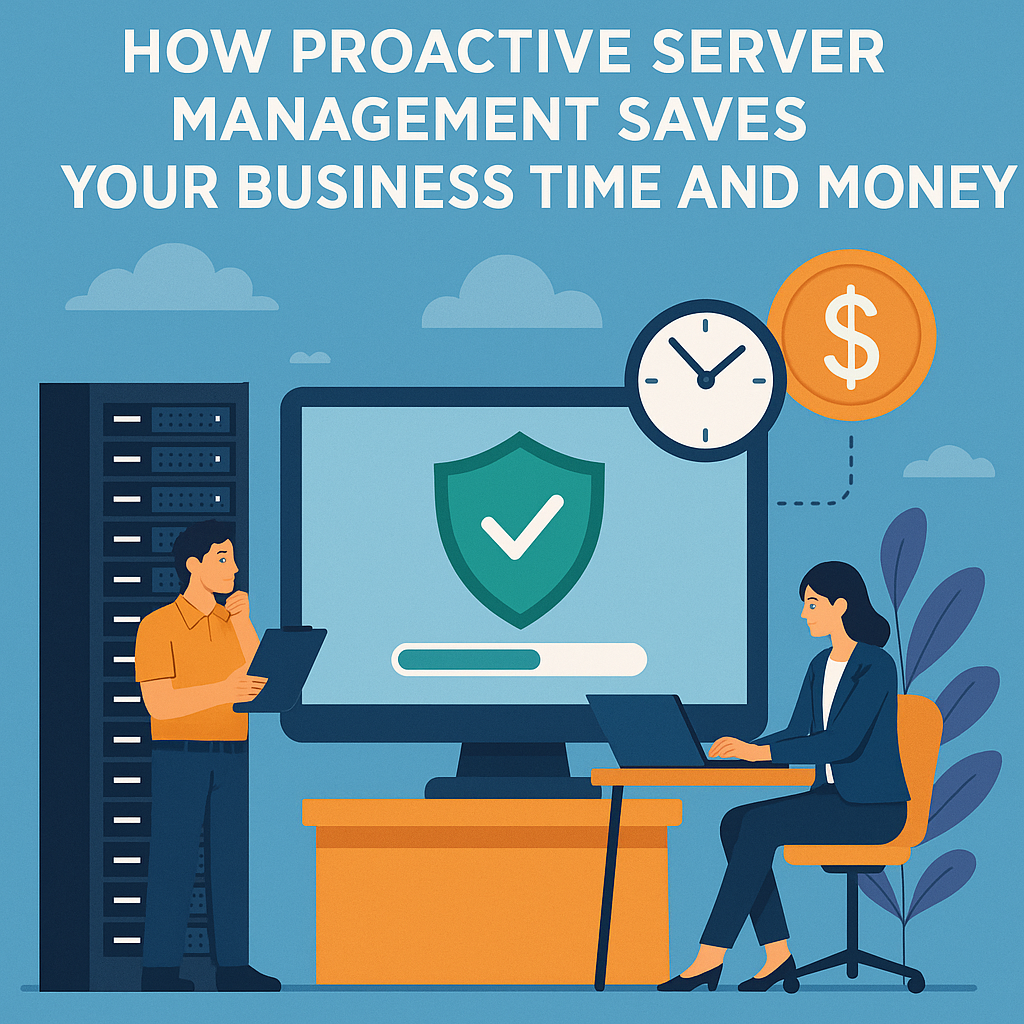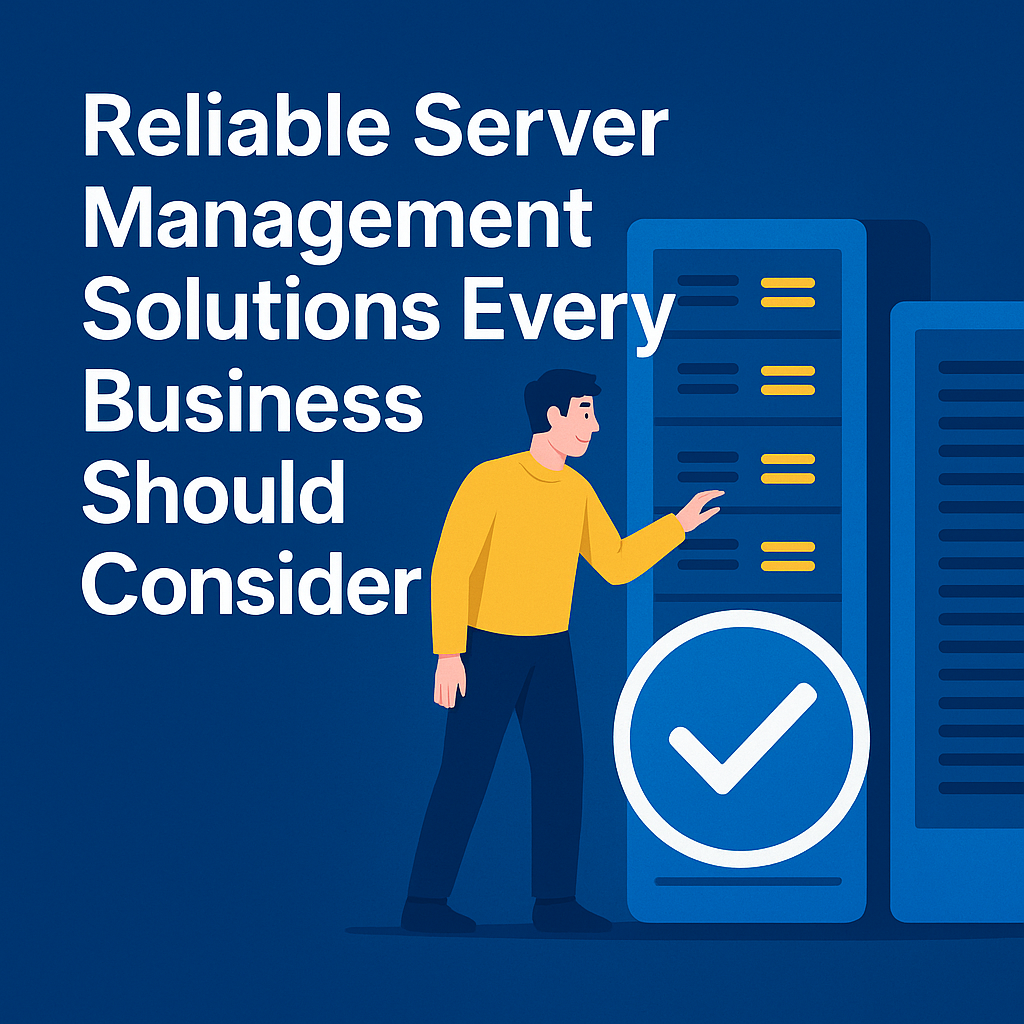SQL Server Transformation 2025–2033: Key Trends Shaping the Next Tech Decade

The landscape of database management is undergoing a seismic shift. As we stand at the threshold of 2025, SQL Server finds itself at the crossroads of unprecedented technological evolution. The next decade promises to redefine how organizations store, process, and leverage data, with SQL Server positioned as both participant and catalyst in this transformation.
The Convergence of Intelligence and Data
Artificial intelligence is no longer a futuristic concept hovering at the periphery of database technology. It has become the central nervous system of modern SQL Server deployments. Machine learning models are now embedded directly within database engines, enabling real-time predictive analytics without the traditional latency of data movement between systems.
This integration means that SQL Server is evolving from a passive repository into an active participant in business intelligence. Automated query optimization powered by AI can now predict workload patterns and adjust indexing strategies dynamically, often before performance issues manifest. Database administrators are finding their roles transformed from reactive troubleshooters to strategic architects who guide intelligent systems rather than manually configure them.
The implications extend beyond performance tuning. Anomaly detection algorithms can identify potential security breaches by recognizing unusual query patterns, while natural language processing capabilities are beginning to allow non-technical users to interact with databases through conversational interfaces. The barrier between human intention and data insight is dissolving.
Cloud-Native Architecture Takes Center Stage
The debate between on-premises and cloud deployments has effectively concluded. By 2025, the focus has fully transitioned toward hybrid and multi-cloud adoption.
SQL Server’s evolution reflects this reality, with Azure SQL Database and managed instances offering capabilities that simply cannot be replicated in traditional data centers.
What distinguishes the current era is the maturity of cloud-native features. Automatic scaling that responds to workload demands in real-time, global distribution of data with single-digit millisecond latency, and serverless computing models where organizations pay only for actual usage rather than provisioned capacity are now standard expectations rather than premium features.
The architectural implications are profound. Development teams are building applications that assume infinite scalability, knowing that their database layer can expand seamlessly. Disaster recovery strategies have been simplified dramatically through geo-replication and point-in-time restore capabilities that span global regions.The idea of a database server is shifting from a physical machine to a conceptual model.
Security in an Era of Persistent Threats
Data breaches have become so commonplace that organizations now operate under the assumption of “when” rather than “if” they will be targeted. SQL Server’s security architecture has responded with layered defense mechanisms that go far beyond traditional authentication and authorization.
Always Encrypted technology ensures that sensitive data remains protected even from database administrators, while Dynamic Data Masking automatically obscures confidential information based on user roles. Row-level security has become granular enough to enforce compliance with complex regulatory requirements across jurisdictions without application-level code changes.
Perhaps most significantly, blockchain-inspired ledger capabilities are being integrated to provide tamper-evident audit trails. Organizations in highly regulated industries can now prove the integrity of their historical data with cryptographic certainty, addressing compliance requirements that were previously burdensome to implement and verify.
The Democratization of Data Science
SQL Server’s integration with Python, R, and machine learning frameworks has transformed it into a platform for data science democratization. Analysts who once needed standalone systems for predictive modeling can now develop and deploy algorithms right inside the database where the data lives.
This convergence eliminates the data movement bottleneck that has historically plagued analytics workflows. More importantly, it enables real-time scoring of machine learning models within transactional queries. A retail application can evaluate customer churn risk in the same query that retrieves order history, allowing immediate personalized interventions.
The learning curve has also been dramatically reduced. Visual interfaces for building machine learning pipelines mean that SQL professionals can leverage advanced analytics without becoming full-fledged data scientists. The specialization barrier is lowering, creating a new generation of hybrid professionals comfortable with both database fundamentals and statistical modeling.
Edge Computing and Distributed Data
The proliferation of IoT devices has created a new challenge: processing massive volumes of data generated at the network edge. SQL Server Edge addresses this by bringing database capabilities to constrained environments like manufacturing floors, retail locations, and autonomous vehicles.
These edge deployments can operate independently when network connectivity is intermittent, then synchronize with central cloud databases when connections are restored. The architecture supports scenarios that were previously impractical, such as real-time quality control in manufacturing where milliseconds matter and cloud round-trips are too slow.
The edge-to-cloud continuum is creating new data architectures where processing happens closest to where insights are needed, with appropriate aggregation and summarization flowing to central repositories. This distributed model requires rethinking traditional database design principles around consistency, partitioning, and conflict resolution.
Performance at Previously Unimaginable Scale
In-memory OLTP and columnstore indexes have matured from specialized features into standard components of SQL Server architecture. Workloads that once required carefully tuned disk subsystems now run entirely in RAM, delivering sub-millisecond transaction times that enable entirely new application patterns.
Intelligent Query Processing continues to evolve, with adaptive joins, memory grant feedback, and approximate query processing becoming more sophisticated. The database engine is increasingly capable of making optimization decisions that would have required DBA intervention in previous generations.
Most notably, the merging of OLTP and OLAP capabilities now allows organizations to handle transactions and analytics within a single unified system. Hybrid transactional/analytical processing allows real-time reporting on live transactional data without the performance impact that previously made this approach impractical.
Open Source Integration and Ecosystem Expansion
SQL Server’s embrace of Linux and containers represents more than platform portability. It signals a fundamental shift in Microsoft’s approach to database technology, acknowledging that modern applications exist in heterogeneous environments where flexibility trumps proprietary lock-in.
Kubernetes-based orchestration of SQL Server containers enables automated failover, seamless scaling, and streamlined version management.
DevOps teams can treat databases as code, with infrastructure-as-code templates that version control entire database environments alongside application code.
The integration with open source tools and frameworks has created an ecosystem where SQL Server interoperates seamlessly with technologies like Apache Spark, Kafka, and Elasticsearch. Data pipelines can leverage the best tool for each stage without requiring complex integration middleware.
Autonomous Database Operations
The administrative burden of database management is decreasing through autonomous capabilities that handle routine tasks without human intervention. Automatic tuning features monitor query performance and adjust configurations, create and modify indexes, and even rewrite inefficient queries to improve execution plans.
Predictive maintenance uses telemetry to identify potential issues before they impact users. Proactive alerts are generated for storage systems projected to fill up within three weeks, for queries that are slowly getting slower, and for backups that are increasingly taking longer to complete and, in many cases, automatic remediation.
This doesn’t eliminate the need for database professionals, but it fundamentally changes their role. Instead of spending time on repetitive maintenance tasks, DBAs can focus on strategic initiatives like data architecture design, capacity planning, and aligning database capabilities with business objectives.
The Road Ahead
The transformation of SQL Server between 2025 and 2033 will be driven by several converging forces: the insatiable demand for real-time insights, the maturation of AI technologies, the continued migration to cloud architectures, and the imperative for enhanced security and compliance.
Organizations that embrace these trends will find themselves with data platforms that are more capable, more secure, and paradoxically easier to manage than their predecessors. The database layer is becoming less visible to end users while simultaneously becoming more critical to business operations.
The next decade will not be about choosing between SQL Server and alternative technologies. Instead, it will be about understanding how SQL Server fits within a broader data ecosystem, leveraging its strengths while integrating with complementary tools to create comprehensive data platforms that drive business value.
Those who embrace this shift with a strategic mindset—focusing on skill growth and modernizing their architectures—will be best positioned to take advantage of the new opportunities now starting to surface. The future of data management is not about databases that simply store information, but intelligent platforms that actively participate in creating business value from data.
Frequently Asked Questions
Q: Will traditional SQL Server skills become obsolete?
No, but they will evolve. Core concepts like relational design, query optimization, and transaction management remain foundational. However, professionals will need to expand their expertise to include cloud architecture, containerization, and machine learning integration. The fundamentals remain valuable, but the context in which they’re applied is expanding significantly.
Q: Is it still viable to run SQL Server on-premises in 2025 and beyond?
Yes, particularly for organizations with specific regulatory requirements, significant existing infrastructure investments, or workloads with predictable resource needs. However, even on-premises deployments increasingly incorporate cloud-hybrid features like backup to Azure, disaster recovery in the cloud, and burst capacity for peak loads. Pure on-premises isolation is becoming rare.
Q: How does SQL Server compare to NoSQL databases in the current landscape?
The distinction has blurred considerably. SQL Server now supports semi-structured data through JSON and XML capabilities, while many NoSQL databases have added SQL-like query languages. The choice increasingly depends on specific use case requirements rather than rigid categorical differences. Many organizations use both, leveraging SQL Server for transactional consistency and NoSQL for specific high-velocity or schema-flexible workloads.
Q: What’s the biggest security concern for SQL Server in the coming years?
Insider threats and misconfiguration rather than external attacks. As perimeter security improves, the vulnerabilities shift to overly permissive access controls, unencrypted sensitive data, and inadequate auditing. The technical security capabilities exist, but proper implementation and governance remain challenging. Organizations need to focus as much on policies and procedures as on technical controls.
Q: How much will AI truly impact day-to-day database operations?
Significantly, but gradually. Routine tasks like index maintenance, statistics updates, and query tuning are increasingly automated. Performance troubleshooting is accelerated through AI-powered diagnostics that identify root causes faster than manual analysis. However, strategic decisions about data architecture, capacity planning, and business alignment still require human judgment and will for the foreseeable future.
Q: Should organizations migrate all workloads to Azure SQL Database?
Not necessarily.The best approach varies based on workload demands, compliance requirements, and overall cost factors.
Some applications benefit dramatically from managed services, while others may be more cost-effective on self-managed infrastructure. A thoughtful assessment of each workload’s characteristics should drive migration decisions rather than blanket policies.
Q: What role will quantum computing play in database technology?
Quantum computing remains largely experimental for database applications through 2033. Current quantum systems are not well-suited to the types of operations databases perform. However, quantum-resistant encryption is becoming essential as the threat of future quantum-powered attacks against today’s encrypted data grows. Organizations should monitor developments but shouldn’t expect quantum to revolutionize database operations within this decade.
Q: How can smaller organizations with limited budgets keep pace with these trends?
Cloud-based managed services actually level the playing field, providing enterprise capabilities without enterprise infrastructure costs. Serverless options eliminate the need for capacity planning expertise. Many advanced features are available at lower tiers of service. The key is focusing on business value rather than trying to implement every available feature. Small organizations can be more agile than large enterprises if they make strategic choices.
Q: Will database administration become fully automated?
Not entirely. While routine operational tasks are increasingly automated, strategic functions remain human-dependent. Deciding how to partition data across regions, designing schemas that balance normalization with performance, establishing backup retention policies that meet business needs, and aligning database strategy with organizational objectives all require judgment, business context, and creativity that AI cannot yet provide.
Q: What’s the single most important step organizations should take now?
Invest in continuous learning for technical teams. The tools and platforms will continue evolving, but professionals who understand fundamental principles and maintain curiosity about emerging capabilities will adapt successfully. Organizations should create time and budget for training, experimentation, and proof-of-concept projects that allow teams to develop hands-on experience with new features before production demands require them.







No comment